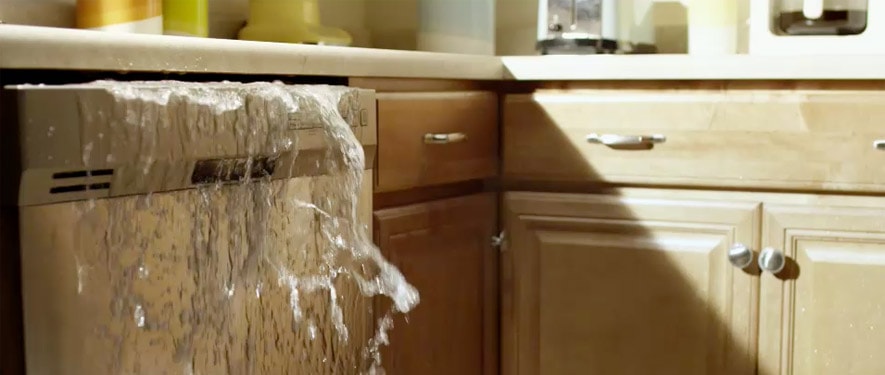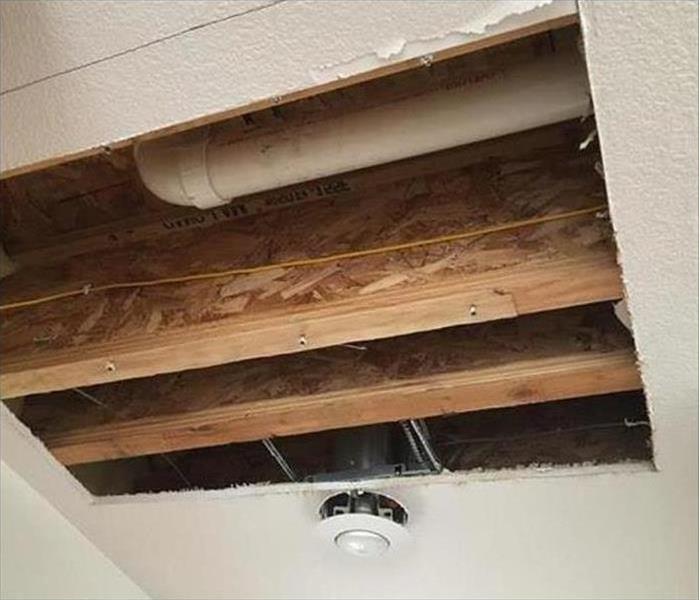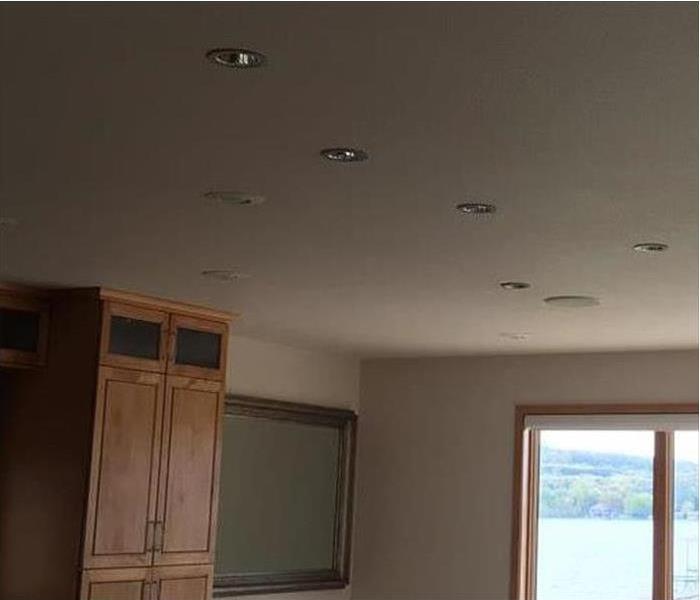
Water Damage Repair and Restoration
- 24-Hour Emergency Service
- Faster to Any Size Disaster
- Highly Trained Water Restoration Technicians
- A Trusted Leader in the Water Restoration Industry
- Locally Owned and Operated
- Advanced Water Inspection, Extraction, and Drying Equipment
How Does Water Damage Remediation Begin?
Water Damage Remediation, much like mitigation, seeks to remove the pressing concerns in your home and lessen the total loss that a customer experiences. With so many possible origin points for water damage in your home, our experienced professionals must be prepared for various damage and structural concerns. The sooner that mitigative actions can begin in, the less widespread and destructive these disasters become. We can help with:
- burst pipes
- ceiling leaks
- flood restoration
- emergency services water damage
- water damage remediation
Water Removal Services
Among the most urgent water mitigation actions that professionals take in a water damaged home is extraction. Water removal services ensure that surface moisture and any pooling get removed before oversaturation and the migration of water damage effects reaches more challenging areas. Extraction often involves multiple tools in our recovery inventory, including:
- Wet vacuums
- Carpet wands
- Weighted extractors
- Submersible pumps
Do Emergency Services for Water Damage Include Repairs?
With the general contracting license, we provide repairs and reconstruction your home might need after water damage. From repairing compromised portions of the plumbing to reinstalling removed and discarded structural materials, our seamless transition between mitigation and reconstruction saves time and money.
How Can We Dry Homes After Ceiling Leaks?
Drying is a complicated situation following mitigation of water damages. We have multiple evaporative drying tools, from air movers to dehumidifiers. Centrifugal air movers can get directed into exposed ceiling cavities to promote rapid evaporation.
Have Water or Flood Damage?
Call Us Today – (239) 302-5700
Locally Owned Company with National Resources
SERVPRO of Naples / Marco Island is locally owned and operated—so we are part of this community too. We are also part of a national network of over 2280 SERVPRO Franchises and special Disaster Recovery Teams strategically located throughout the country to respond to large scale disasters.
We are proud to serve our local communities:
- Naples, FL
- Marco Island, FL
- Naples Manor, FL
- Old Marco Junction, FL
- Weavers Station, FL
- Paolita Station, FL
- Wagon Wheel, FL
- Miles City, FL
- Fakahatchee, FL
- Monroe Station, FL
Why Choose SERVPRO of Naples / Marco Island?
We’re Faster to Any Size Disaster
Immediate action is crucial when dealing with water damage. With over 2280 U.S. and Canadian Franchise locations, we are strategically positioned to be faster to any size water emergency, so Naples residents can expect an immediate response, day or night.
We’re Highly Trained Water Damage Specialists
We specialize in water damage restoration, the cornerstone of our business. We have extensive water damage restoration training, and our process emphasizes regular monitoring and documentation of the drying process from beginning to end.
We Use Advanced Drying Equipment and Techniques
Using specialized equipment and products, our technicians extract standing water and dry your property quickly and efficiently. We then finish the job with professional-grade cleaning, sanitizing, and deodorizing products for your comfort and safety.
Our Water Damage Restoration Process
Every water damage situation is a little different, and requires a unique solution, but the general process stays the same. The steps listed below illustrate our process for the “typical” water damage emergency.
Step 2: Inspection and Damage Assessment
Step 3: Water Removal/Water Extraction






 24/7 Emergency Service
24/7 Emergency Service





